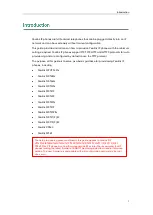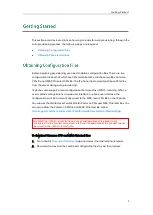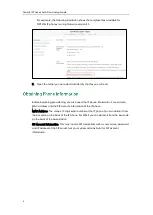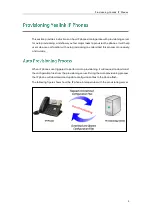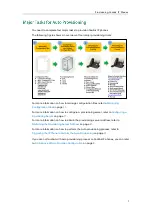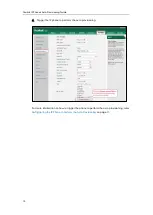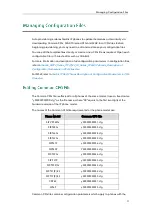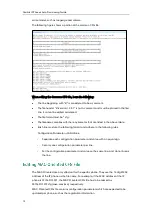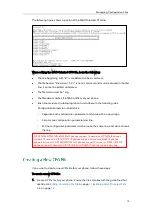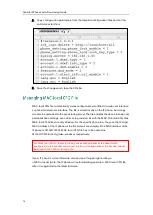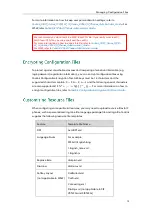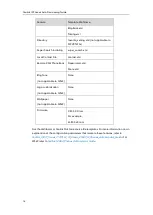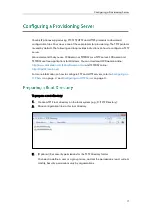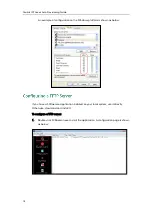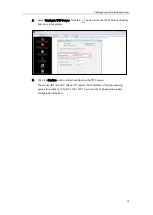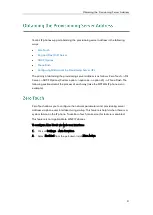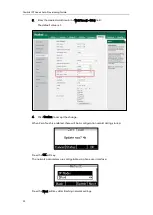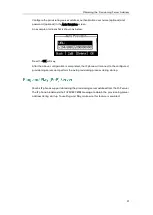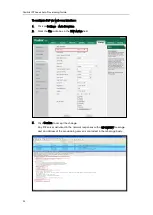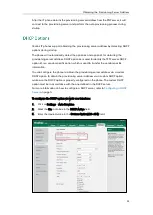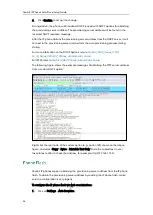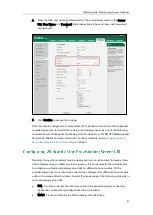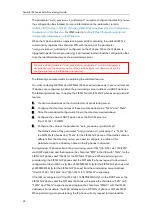
Managing Configuration Files
15
For more information on how to keep user personalization settings, refer to
Yealink_SIP-T2_Series_T19(P) E2_T4_Series_CP860_IP_Phones_Administrator_Guide
. For
W56P, refer to
Yealink IP Dect Phones Administrator Guide
.
To protect against unauthorized access and tampering of sensitive information (e.g.,
login password, registration information), you can encrypt configuration files using
Yealink Configuration Encryption Tool. AES keys must be 16 characters and the
supported characters contain: 0 ~ 9, A ~ Z, a ~ z and the following special characters
are also supported: # $ % * + , - . : = ? @ [ ] ^ _ { } ~. For more information on how to
encrypt configuration files, refer to
Yealink Configuration Encryption Tool User Guide
When configuring some particular features, you may need to upload resource files to IP
phones, such as personalized ring tone file, language package file and logo file. Yealink
supplies the following resource file templates:
Feature
Template File Name
DST
AutoDST.xml
Language Packs
For example,
000.GUI.English.lang
1.English_note.xml
1.English.js
Replace Rule
dialplan.xml
Dial-now
dialnow.xml
Softkey Layout
(not applicable to W56P)
CallFailed.xml
CallIn.xml
Connecting.xml
Dialing.xml (not applicable to SIP
VP-T49G and SIP-T48G)
We recommend you do not edit the MAC-local CFG file. If you really want to edit
MAC-local CFG file, you can export and then edit it.
For more information on how to export this file, refer to
E2_T4_Series_CP860_IP_Phones_Administrator_Guide
For W56P, refer to
Yealink IP Dect Phones Administrator Guide
.

